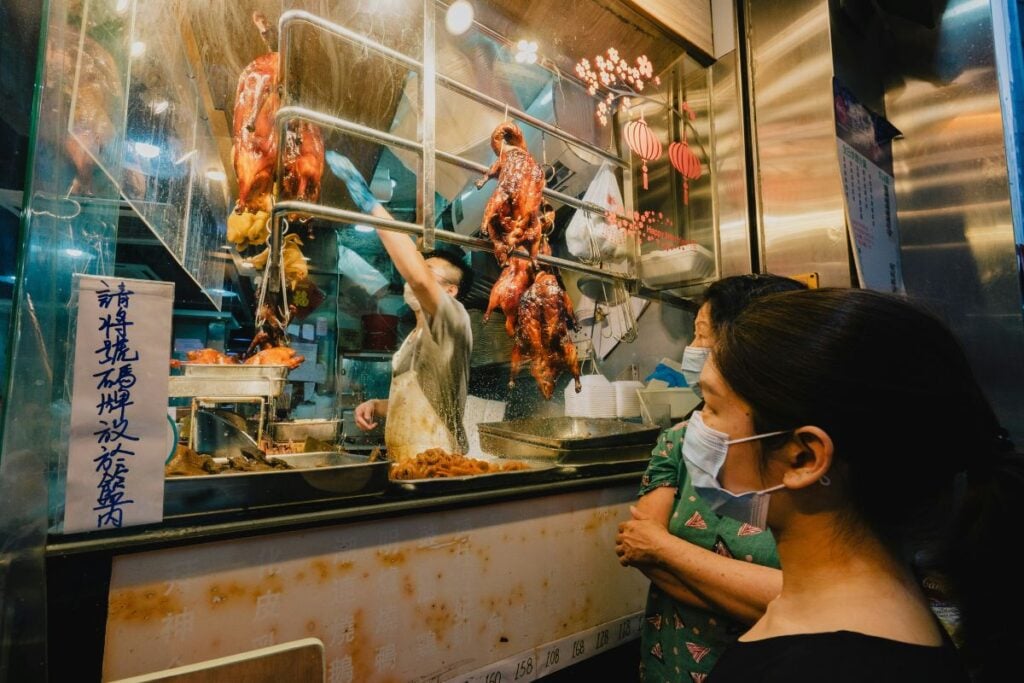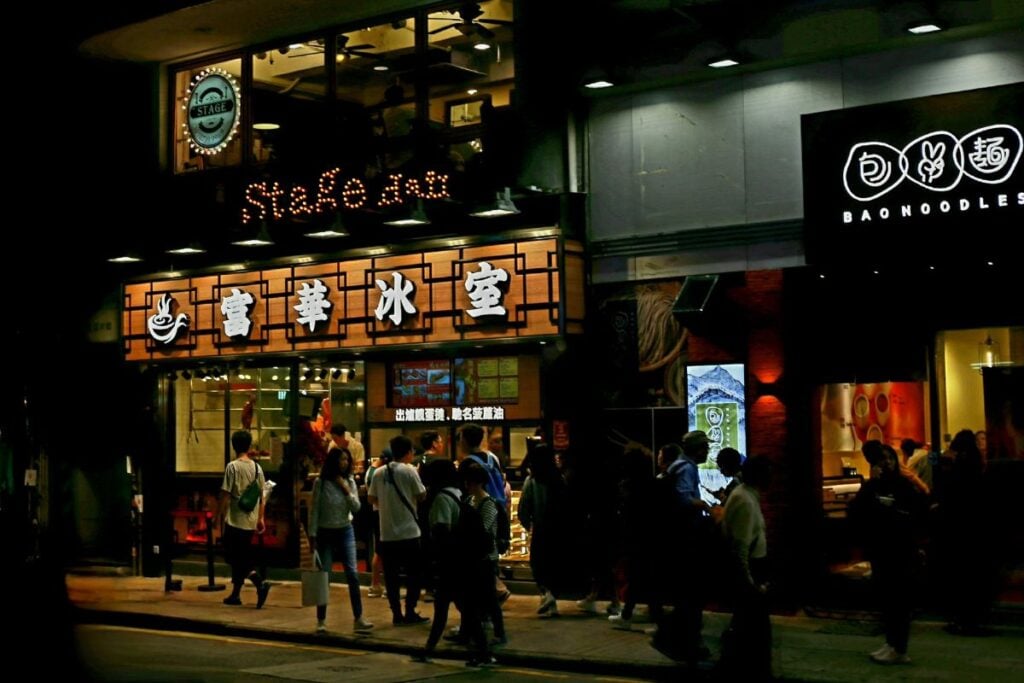Rubin Verebes is the managing editor of Foodie and is very opinionated. Transforming his hobby of eating and drinking into a career, he shares his account of Hong Kong’s F&B scene and the worldwide state of dining in Rubin’s Take, a monthly opinion column.
The sun might be roaring for the summer in Hong Kong, but the city’s F&B industry is hurting – and badly. Diners tracing towns are now made to constantly look over the shoulder in case a creeping ‘To Let’ sign finds itself on their favourite restaurant.
Independent Western restaurants, creative concepts, chains, fine-dining venues, Michelin-loved Cantonese restaurants, and legacy spaces have shuttered since 2023, when hopes of a post-pandemic fury of business were muted by the reality of a slow tourist pickup and a hunger for Hong Kongers to (finally) earn their overseas holidays.
Hong Kong’s recent financial prowess – monthly IPOs, family offices expanding locally, and foreign cash flowing in – and the city’s burgeoning tourism numbers – 500,000 Taiwanese, 400,000 South Koreans, 425,000 Filipinos, and 250,000 Japanese arriving in the first four months of 2025 – may exhibit Hong Kong’s comeback to the international stage, but it won’t tell the whole story of what is occurring street-level.

Shuttered restaurants and growing lines at the Hong Kong-Shenzhen land border are all too common sights today. The neighbouring Chinese city has enjoyed much popularity since Hong Kongers ‘rediscovered’ the affordable destination for meals at a fraction of the price compared to Hong Kong dining.
My point is not to discount Shenzhen for affording incoming Hong Kong tourists quality meals at a lower pricepoint, but rather to stress a focus on moderation. We must not feel guilty for an occasional weekend trip around Asia or a pitstop in Shenzhen. However, let’s remember the city we live in for most of the year’s seven-day-long weeks.
The best way to prop up Hong Kong’s restaurants is to put your money back into the streets by eating and spending locally. To be clear, Hong Kong dining can, at times, push the limit of affordability, but with that comes a choice too.

Go support your local cha chaan teng, dai pai dong, or cheap eats. A trend is evident in the city of more restaurants favouring à-la-carte menus over lengthy and expensive tasting menus, affordably priced set meals becoming the norm, and a focus placed on fine-casual dining at HKD500 or less per person. Western dining too has found ways to accommodate the change in how customers spend.
Speak to any chef and restaurauteur in Hong Kong and a common answer for what’s changed from 2023 till present as opposed to the nostalgic pre-protests and COVID period is changing spending habits.
Hong Kongers may be spending less, but we are smarter and more research-reliant on how we are spending. The theme is less of indulgence, but quality, value, and affordability.
A trip to Japan, Thailand, Taiwan, or China is something that we rightfully earn toiling away at work, just let’s just not forget to spend smart in Hong Kong by supporting the restaurants at home that need us the most right now.
The views expressed in this column are those of the author’s and do not represent or reflect the views of Foodie.

